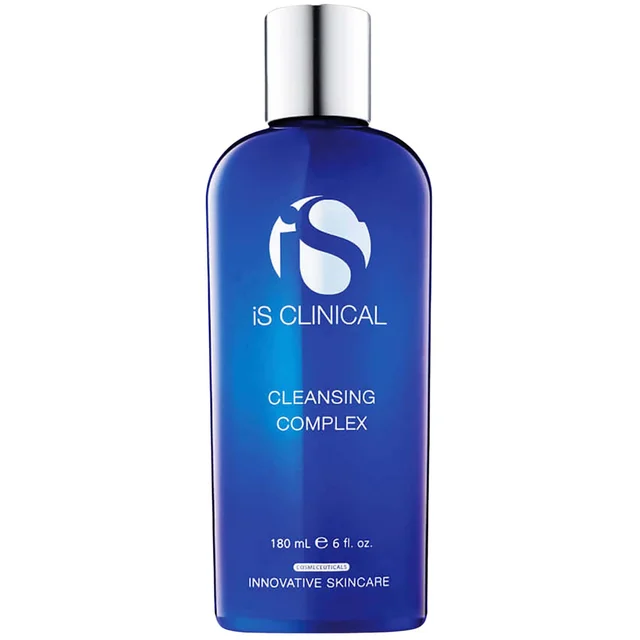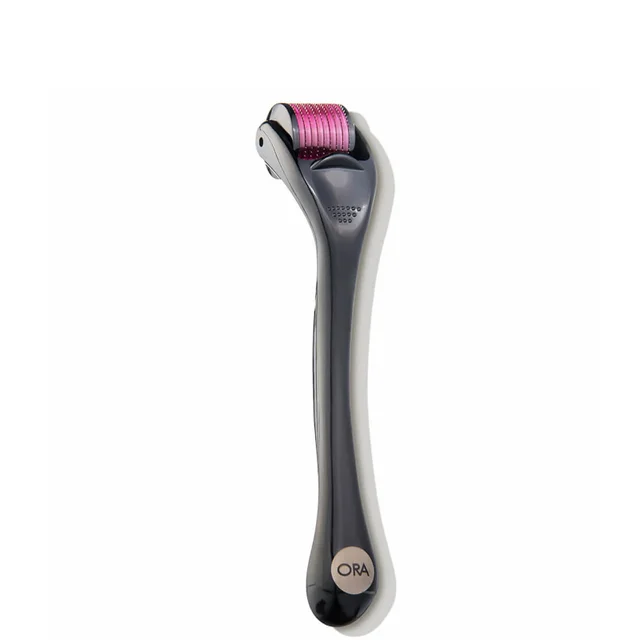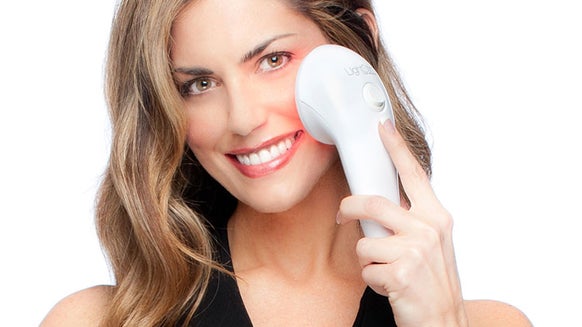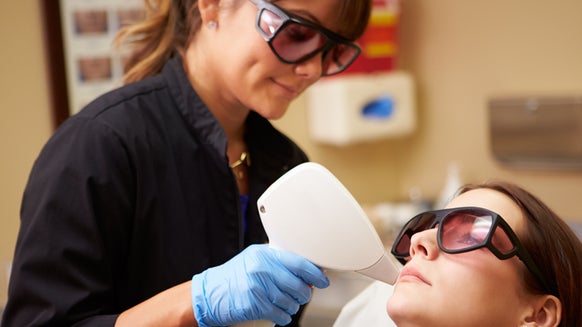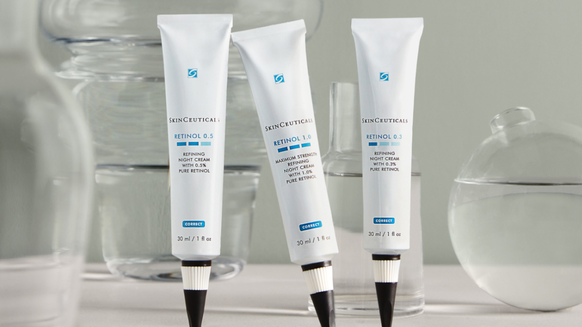Can Lasers Reduce Pore Size?
Despite what some people might have told you, pores don't actually shrink or grow—those clogged with dirt or oil may appear bigger, and with aging and sun damage, pores might appear larger as there's less support from the surrounding skin. In addition to plenty of topical skin care products, at-home laser technology—which has made a successful transition from the dermatologist's office—can help minimize these issues and make pores less noticeable.
How Laser Treatments Work
Intense pulsed light (IPL) is a popular technique for reducing the appearance of pores, both at the dermatologist's office and at home. It comes in the form of wand-like, laser-emitting gadgets. The treatment involves intensively targeted light pulses to stimulate collagen production, which in turn evens out skin tone and reduces hyperpigmentation. By reducing redness, improving skin texture and increasing firmness, IPL devices help ease a variety of the skin issues that call attention to the pores. Photodynamic therapy devices, which come in the form of lighted panels, work in conjunction with topical solutions. These devices project a warm and intense red LED light onto the face, and the light-activated topical solution reduces the size of the face's oil glands, helping to prevent the formation of clogged, prominently visible pores.
Are Pore-Shrinking Lasers Effective?
No at-home device or in-office procedure can physically change your pore size, but a number of treatments have been proven effective at lessening their appearance. A 2011 study in the journal Laser Therapy found that Q-switched and micro-pulsed lasers visibly reduce the appearance of pores, especially when used with photo-activated topical solutions.
More Options for Pore Care
Effective skin care calls for a well-rounded regimen. To maximize your results, at-home laser devices should be used in tandem with your normal routine rather than as a replacement. Physical exfoliation with scrubs or chemical exfoliation with glycolic acid helps keep pores clean, while salicylic acid facial cleansers and regular application of sunscreen help heed off the issues that make pores appear larger over time. At the dermatologist's office, chemical peels can minimize the appearance of pores by cutting back on excess dead skin cells, while fractional, non-ablative laser resurfacing bolsters collagen production to help reduce the appearance of large pores. As an alternative to laser-based devices, some home-use devices employ sonic vibrations to exfoliate the skin, sloughing away dead skin cells that clog pores and make them appear larger.
This article has been reviewed by board-certified dermatologist Dr. Emmy Graber.

From the latest hair and makeup trends to the best solutions for your skin issues, we've got all your beauty concerns covered!

